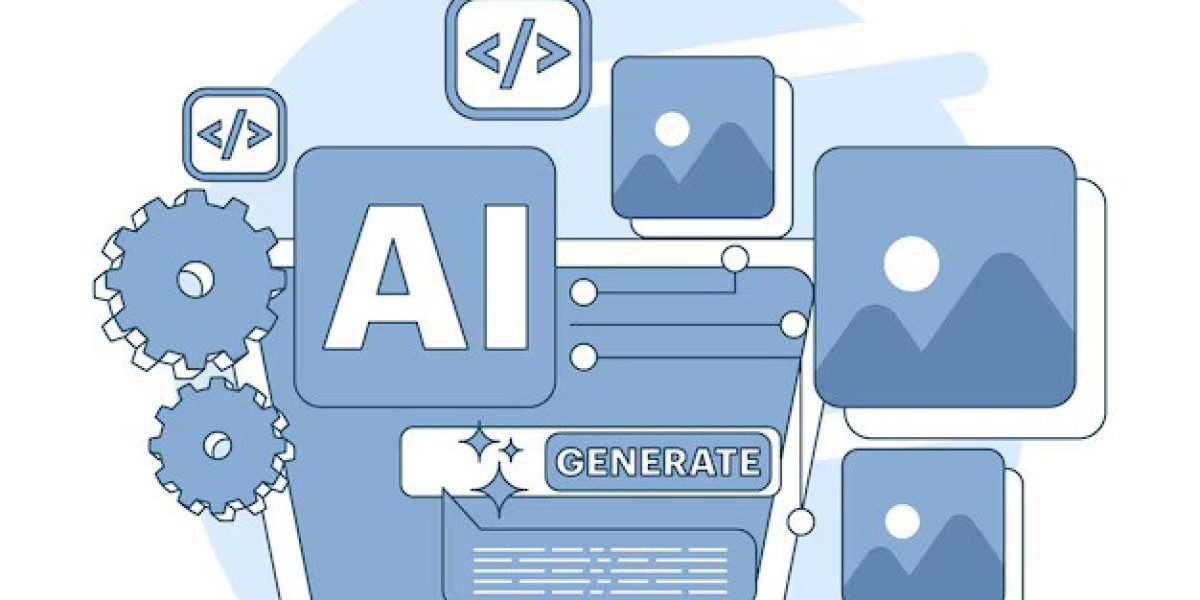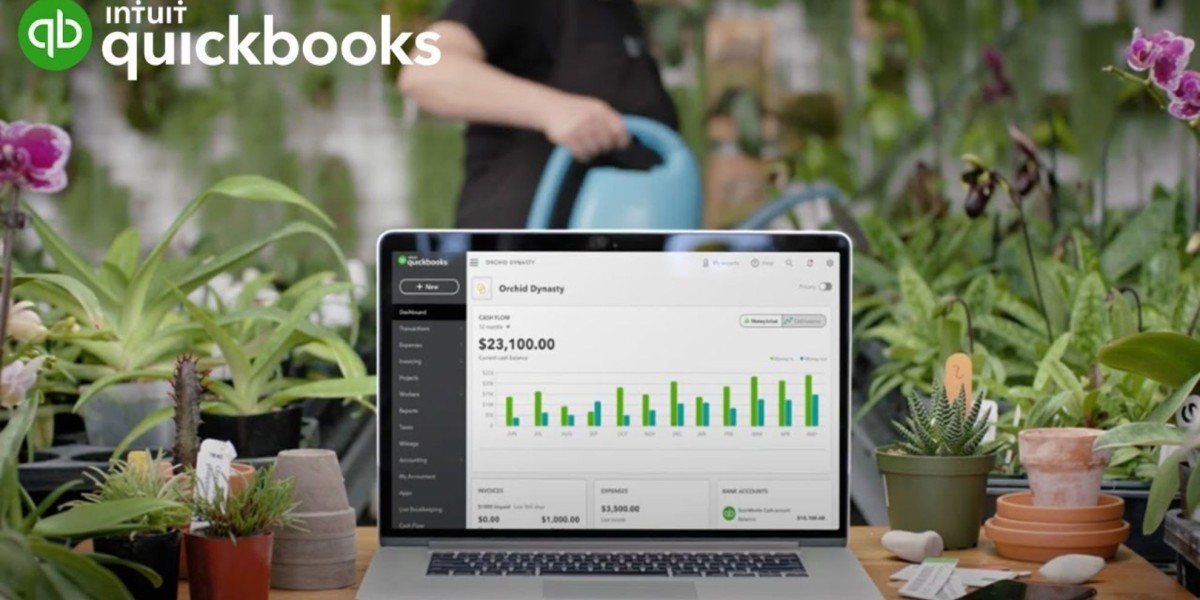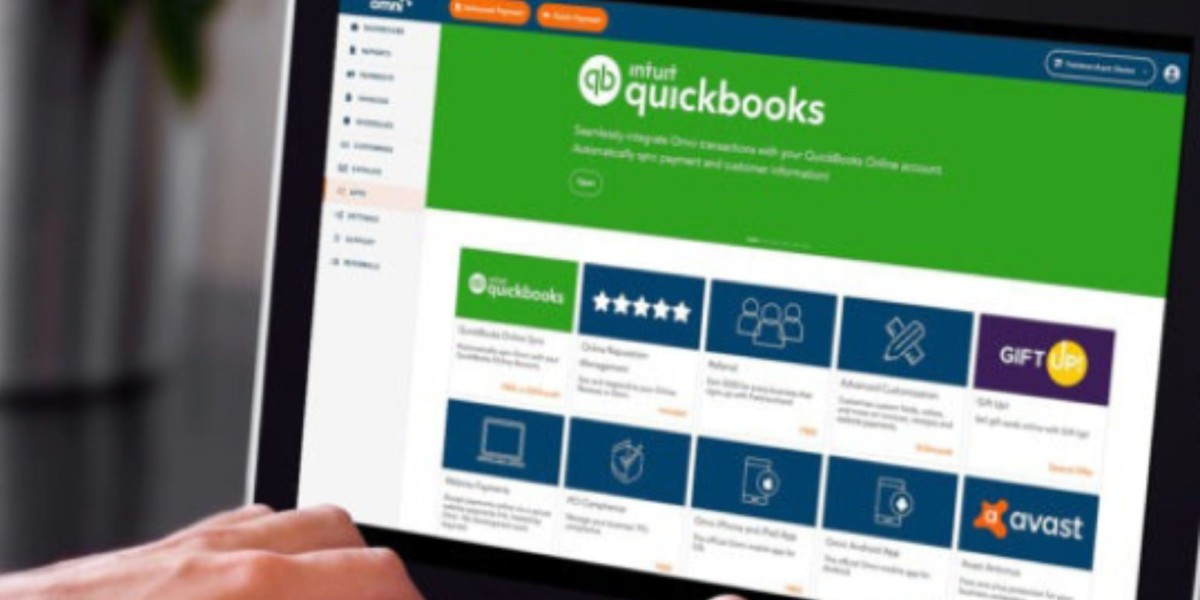Monetizing your Android app effectively is crucial for success in the competitive mobile app market. As of 2024, the landscape of app monetization has evolved significantly, requiring developers to adopt innovative strategies to generate revenue. In this blog, we will explore proven strategies for monetizing your Android app, while also highlighting the importance of collaboration with mobile app development companies.
Understanding Mobile App Monetization
Mobile app monetization refers to the process of generating revenue from a mobile application. It encompasses various methods, including in-app purchases, subscriptions, advertising, and affiliate marketing. The choice of monetization strategy largely depends on the app’s purpose, target audience, and market trends. With the increasing number of apps available—over 2.4 million on the Google Play Store—developers must differentiate themselves to capture user attention and revenue.
Key Monetization Strategies for 2024
- In-App Purchases (IAP)
In-app purchases remain one of the most effective monetization strategies. This model allows users to download the app for free while offering them the option to purchase additional features, content, or virtual goods. For example, gaming apps often use this strategy to sell extra lives, levels, or cosmetic items.
- Subscription Models
The subscription model has gained popularity as users prefer ongoing access to content or services rather than one-time purchases. Apps that provide continuous value, such as streaming services or fitness apps, can benefit significantly from this model. Offering a free trial can entice users to subscribe, allowing them to experience the app’s value before committing financially.
- Advertising
Incorporating ads into your app can be a lucrative way to generate revenue, especially if your app has a large user base. Various ad formats, including banners, interstitials, and native ads, can be utilized. However, it is essential to strike a balance between monetization and user experience to avoid overwhelming users with ads.
- Affiliate Marketing
Partnering with brands for affiliate marketing can also be a profitable strategy. By promoting products or services within your app, you can earn a commission for every sale generated through your referral. This method works well for apps that cater to specific niches, such as fitness or travel.
- Freemium Model
The freemium model allows users to access basic features for free while charging for premium features. This approach can attract a larger user base, providing opportunities to convert free users into paying customers over time.
Optimizing User Experience
Regardless of the monetization strategy chosen, optimizing user experience is paramount. Users are more likely to engage with and pay for an app that provides value and is easy to navigate. Conducting user research and gathering feedback can help refine your app and enhance its appeal.
Using a Mobile App Development Cost Calculator
To effectively plan your monetization strategy, it’s beneficial to utilize tools like a mobile app development cost calculator. This tool can help you estimate the costs associated with developing your app, allowing you to allocate resources effectively and maximize your return on investment.
Partnering with Mobile App Development Companies
Collaborating with mobile app development companies can provide the expertise needed to implement effective monetization strategies. These companies can assist in the design and development of your app, ensuring it is optimized for both user experience and monetization. Their experience in the field can guide you in selecting the right monetization methods tailored to your target audience.
Call to Action
If you’re ready to take your app to the next level and explore monetization strategies tailored to your needs, Book an Appointment with our team of experts today! We can help you navigate the complexities of app development and monetization.
Tracking and Analyzing Performance
Once your app is live, it’s crucial to monitor its performance continuously. Utilize analytics tools to track user behavior and revenue generation. This data can provide insights into which monetization strategies are working and where adjustments may be needed. Regularly analyzing performance will help you stay competitive in the ever-evolving app market.
Future Trends in App Monetization
As we move further into 2024, several trends are emerging in app monetization:
- Increased Focus on Privacy: With growing concerns over data privacy, apps that prioritize user data protection will likely gain user trust, leading to higher engagement and revenue.
- Ad Blocker Resistance: Unlike web-based ads, in-app advertising is less affected by ad blockers. Developers should leverage this advantage to maximize ad revenue.
- Emerging Technologies: Technologies like augmented reality (AR) and artificial intelligence (AI) are becoming integral to app experiences, potentially opening new avenues for monetization.
Conclusion
In conclusion, monetizing your Android app in 2024 requires a strategic approach that considers user preferences, market trends, and effective monetization methods. By utilizing in-app purchases, subscriptions, advertising, and affiliate marketing, you can create a sustainable revenue stream. Leveraging tools like a mobile app development cost calculator and partnering with established mobile app development companies can further enhance your success. As the landscape continues to evolve, staying informed and adaptable will be key to thriving in the competitive app market.
Incorporating these strategies will not only help you generate revenue but also ensure that your app remains valuable to users. Embrace the future of Android mobile app development, and watch your app flourish in the marketplace.



